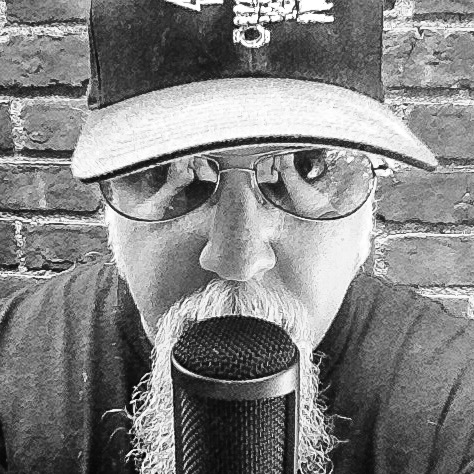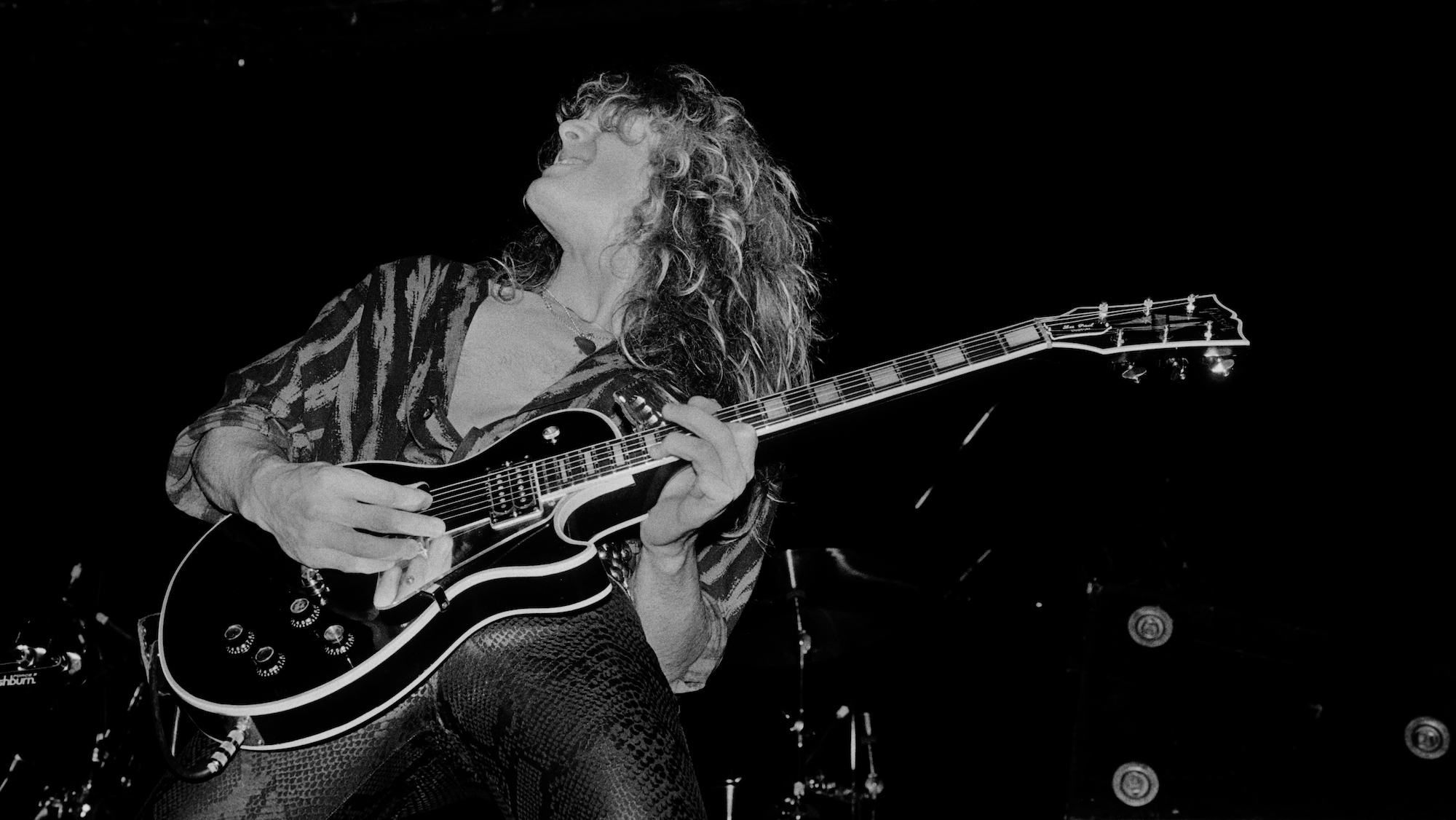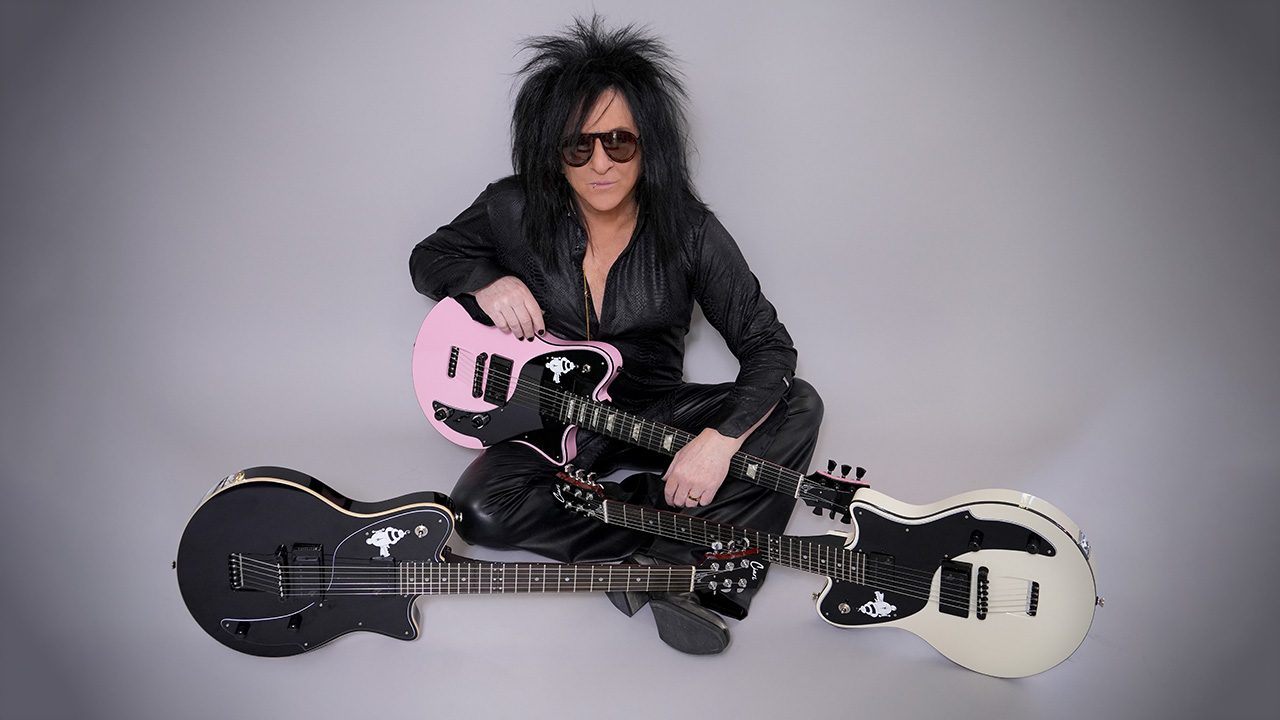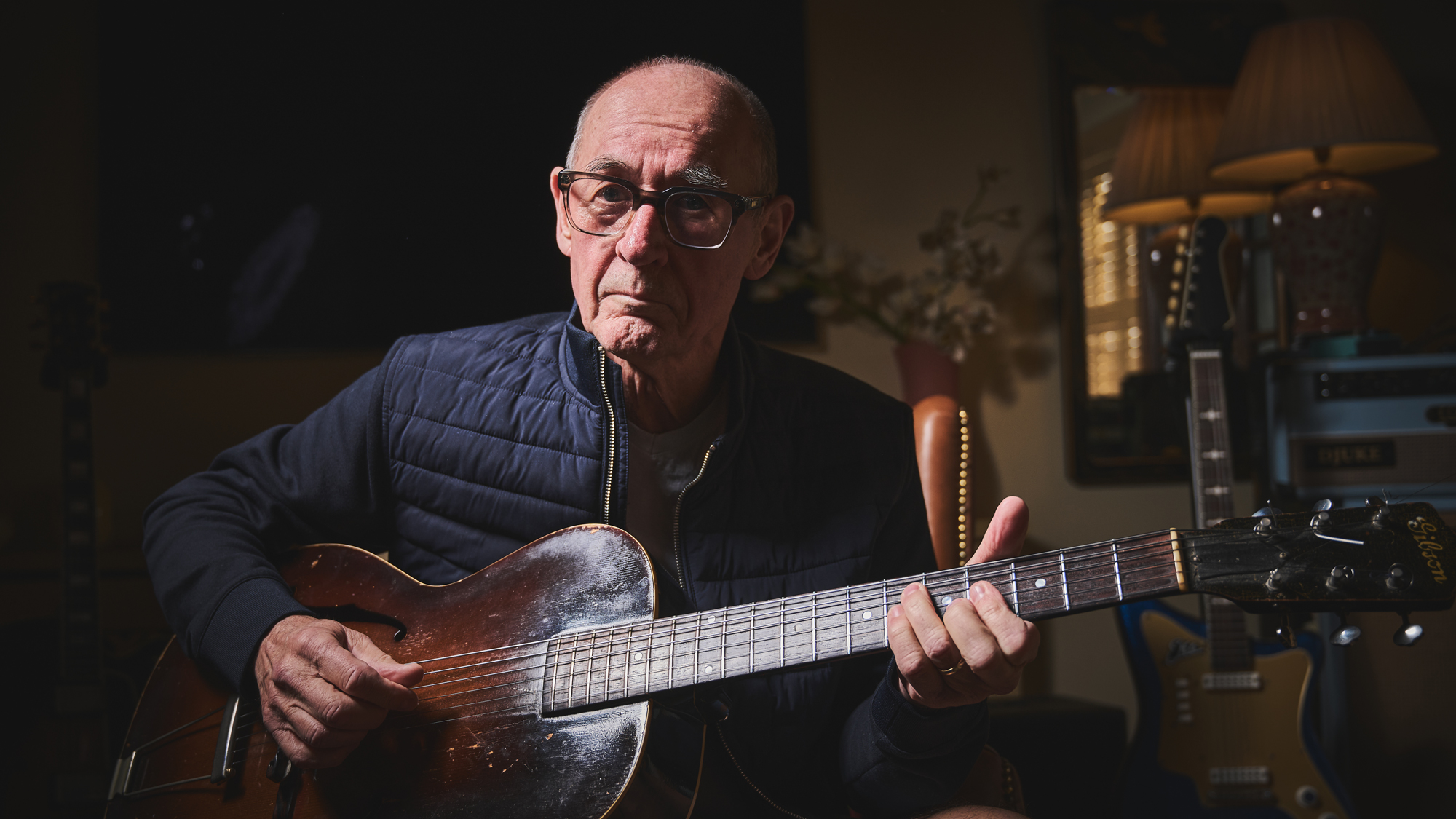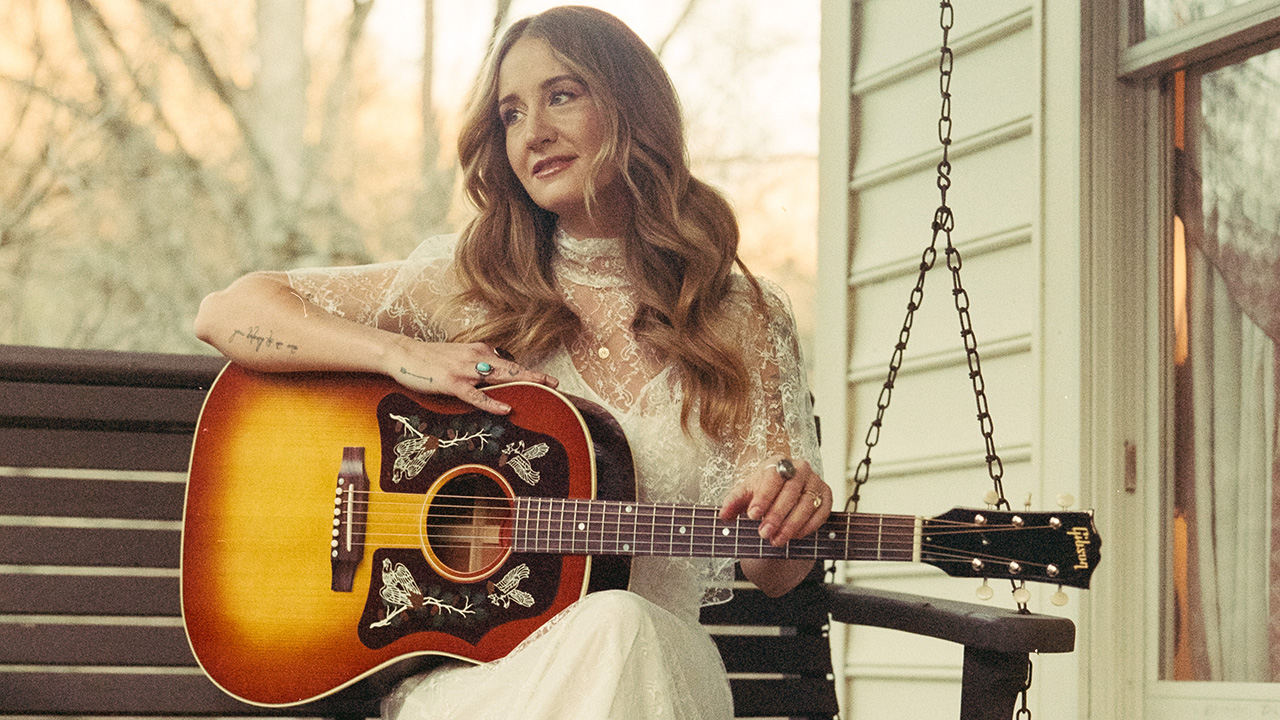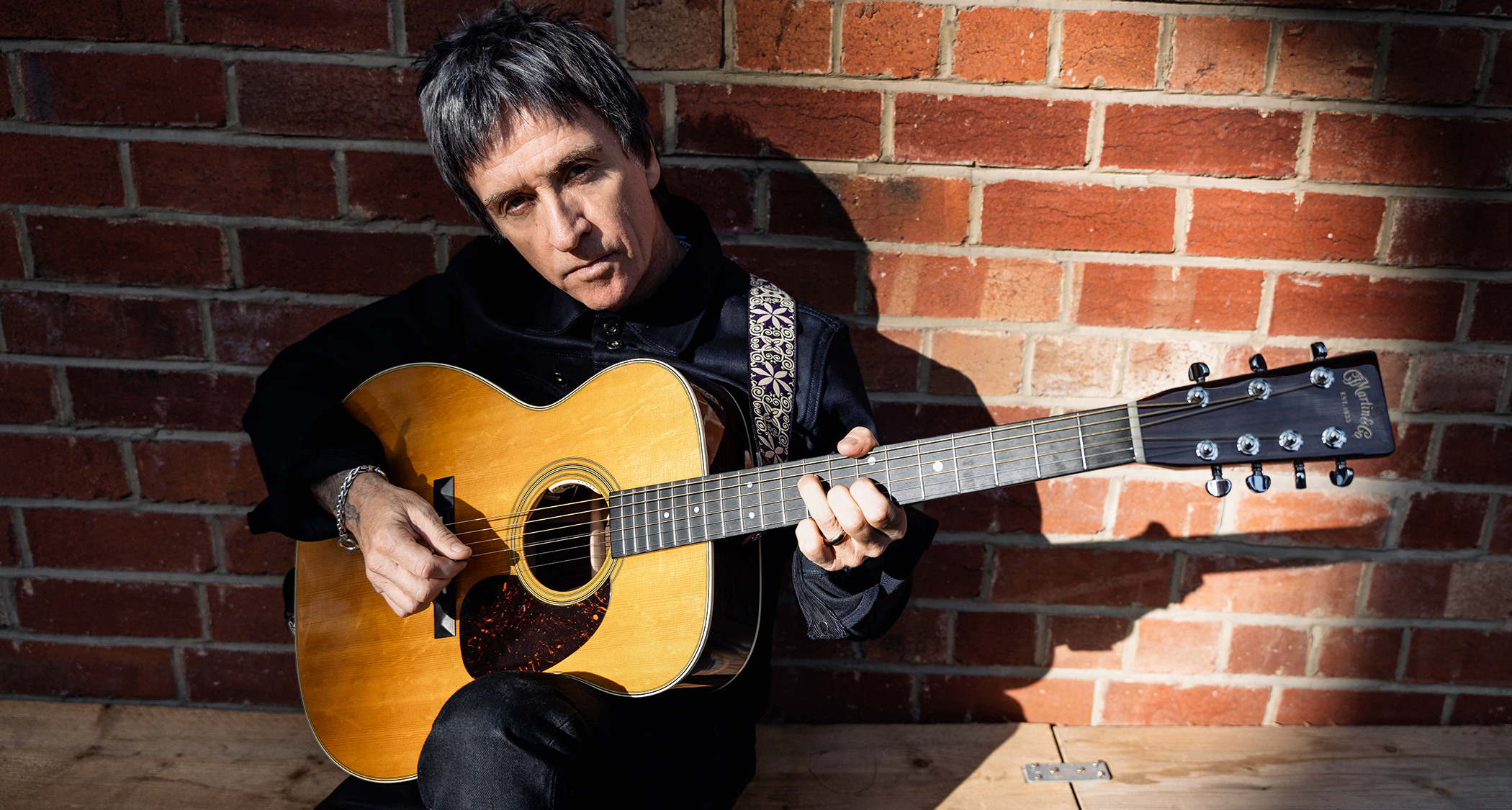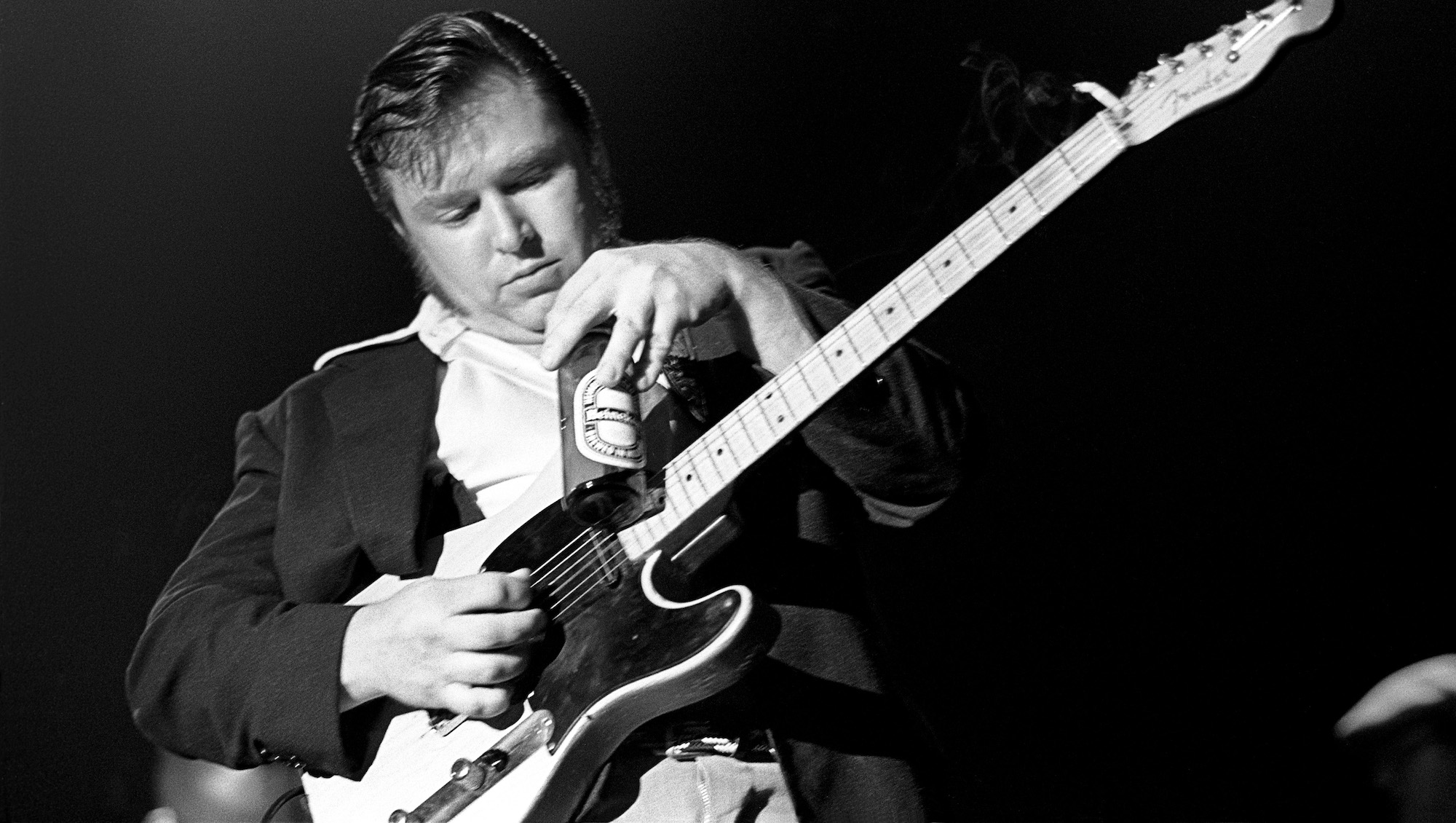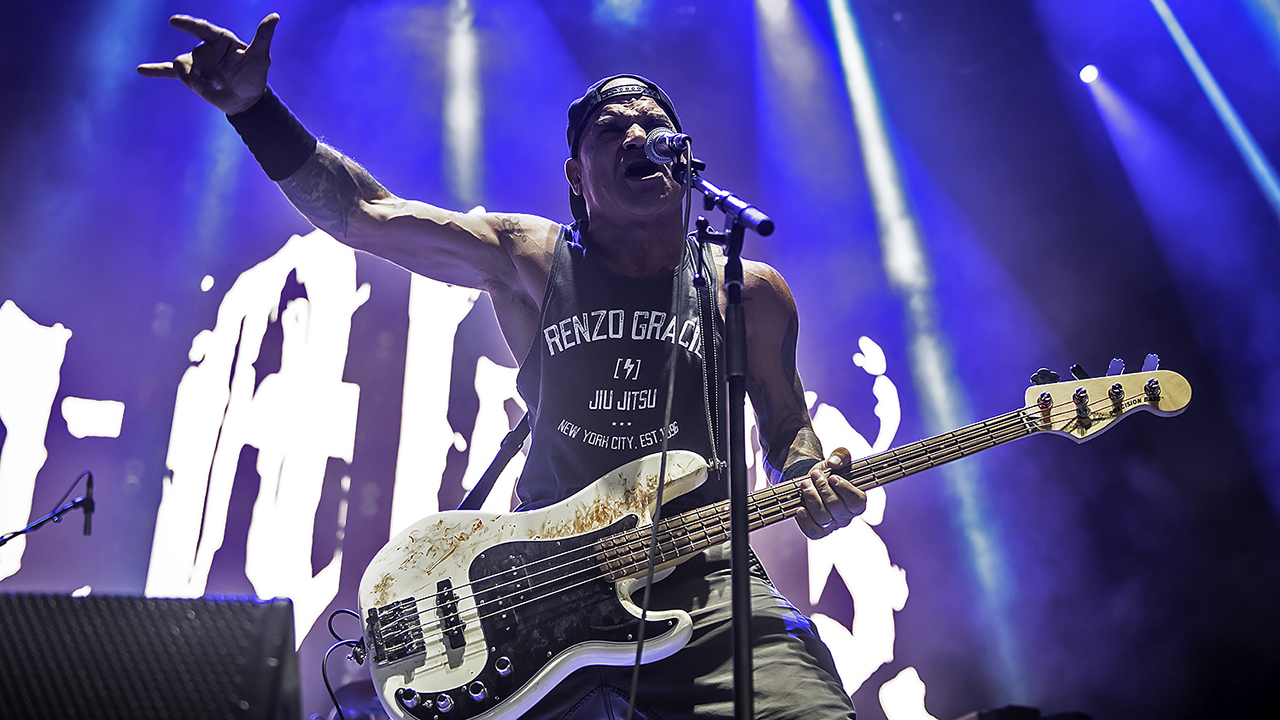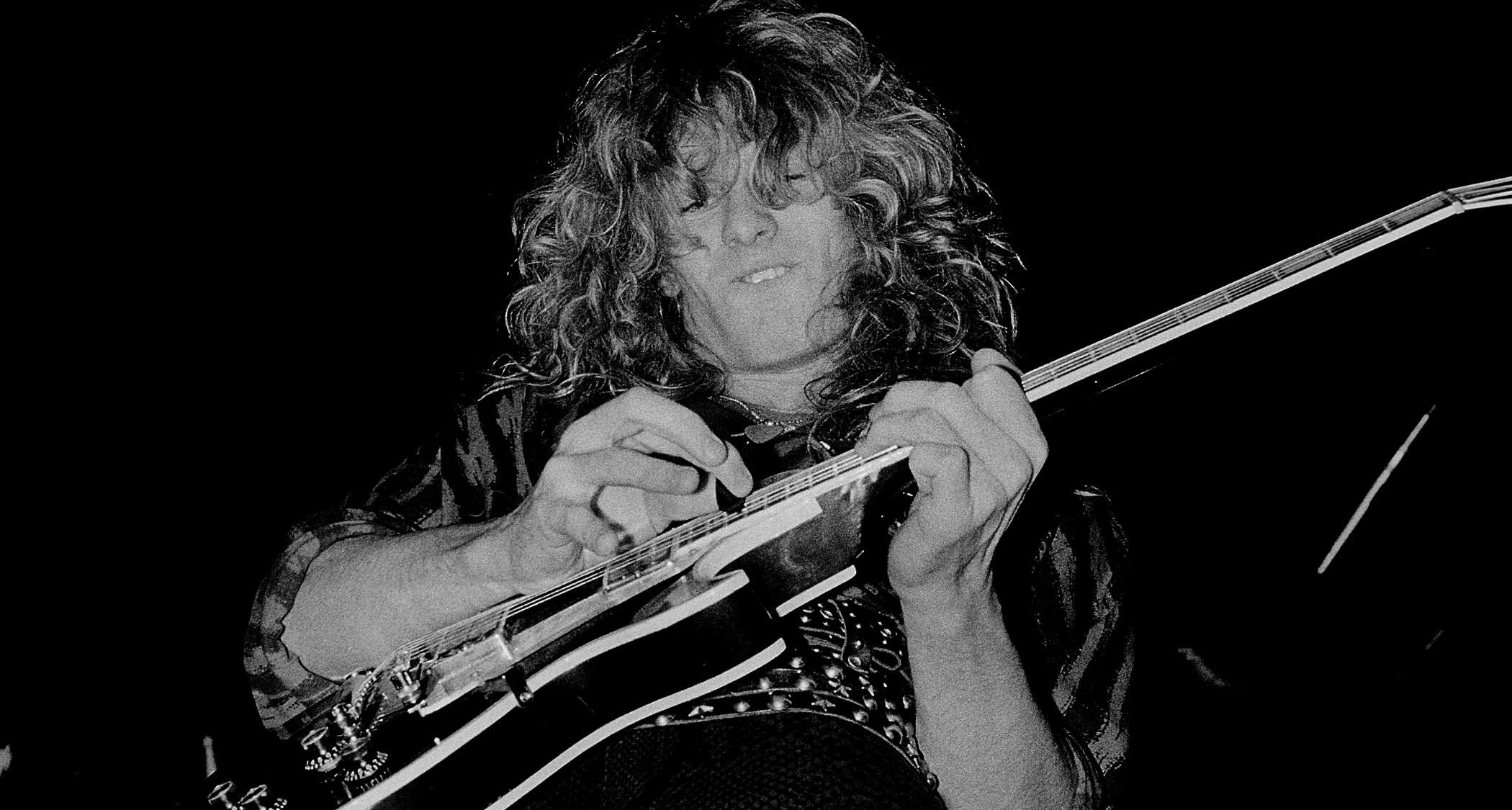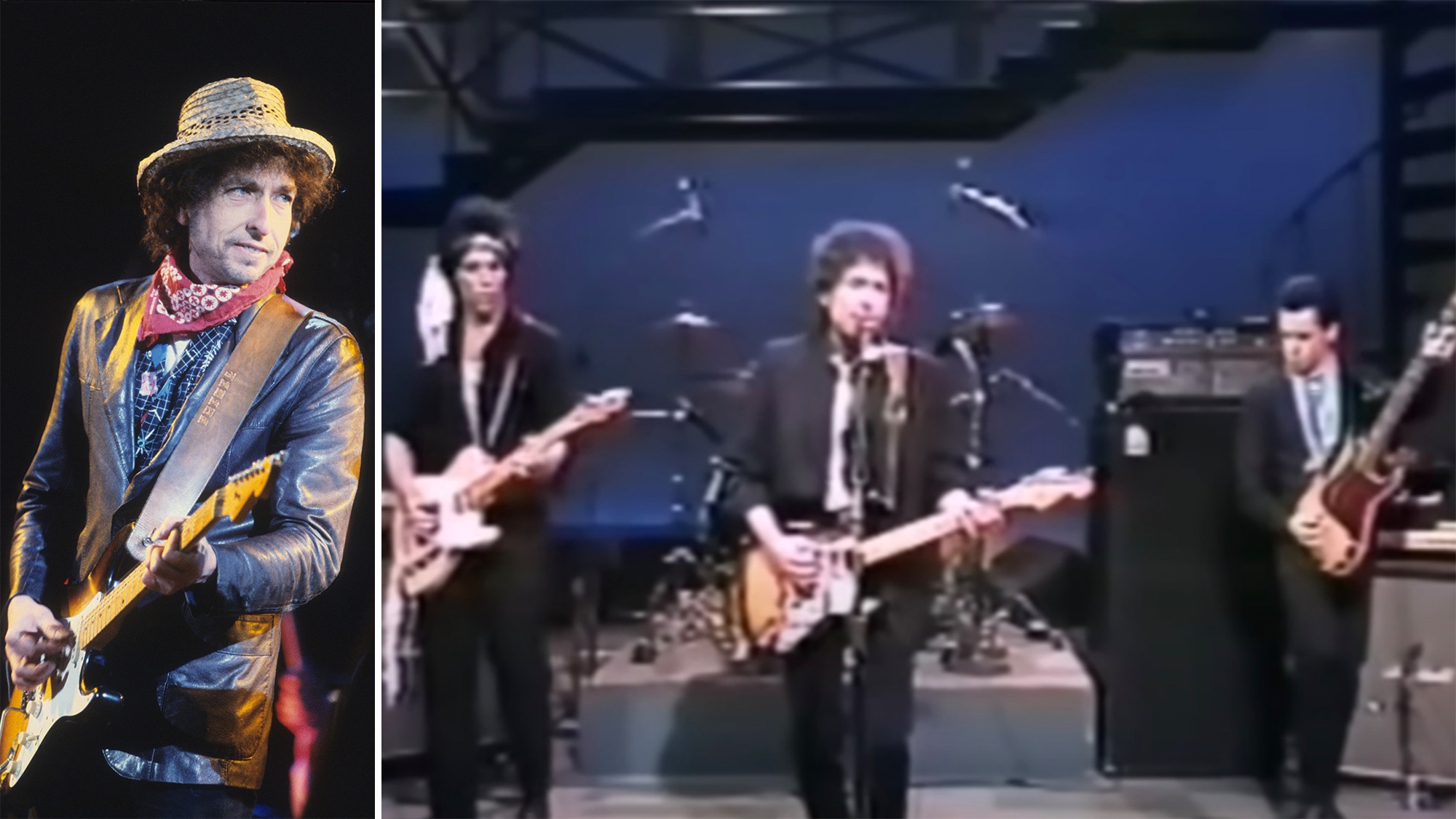“The original Jordan Boss Tone was probably used by four out of five garage bands in the late ’60s”: Unpacking the gnarly magic of the Jordan Boss Tone – an actual guitar plug-in that delivers Dan Auerbach-approved fuzz
It looks like an adaptor and it kind of is. But this cult fuzz box was a favorite of Norman Greenbaum and Spirit’s Randy California and was on more garage rock records than we’d care to imagine
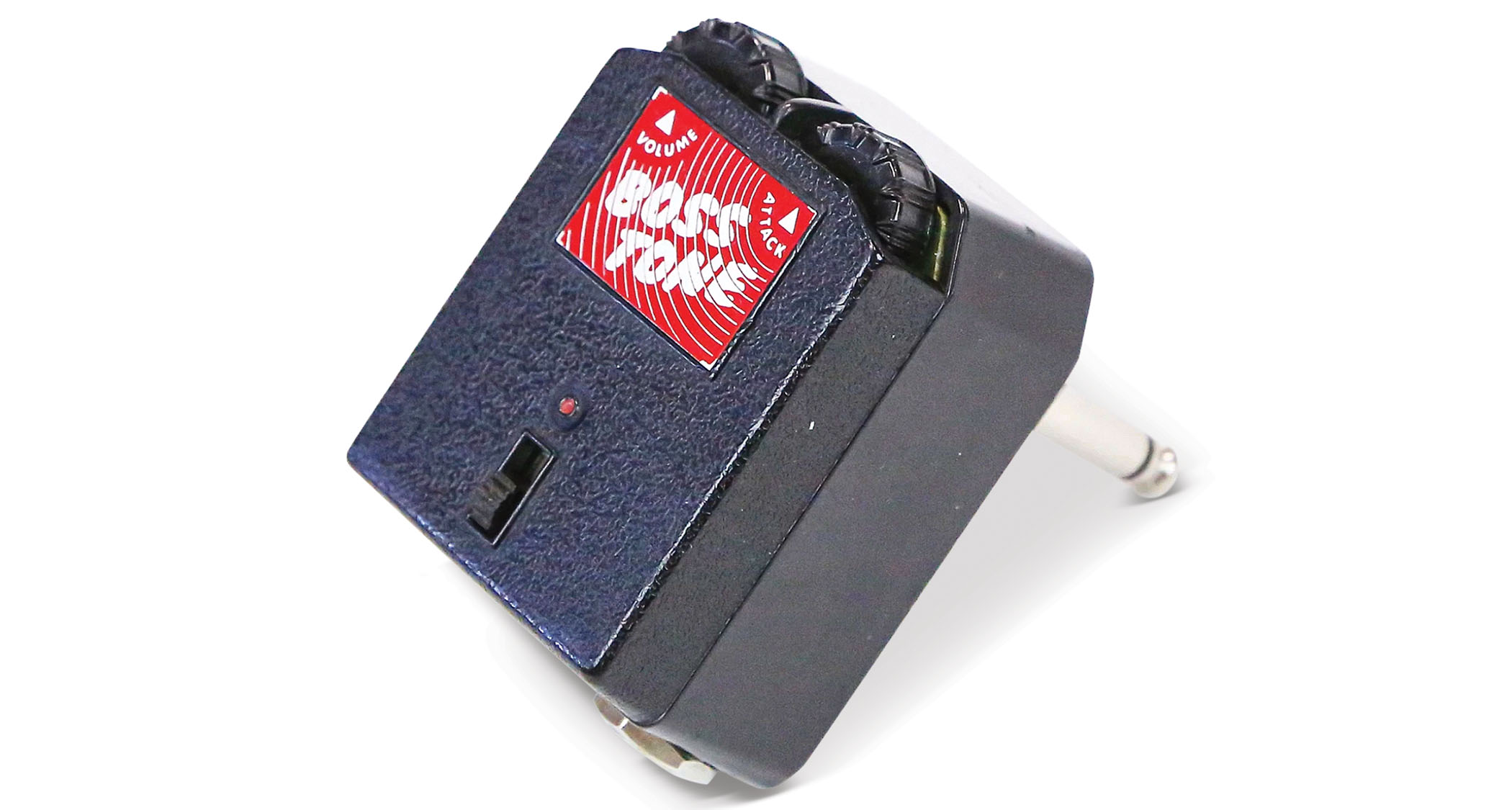
Way back in the dark ages of the late ’60s, the music industry experienced a sudden explosion of fuzz pedals that popped up on the market like mushrooms on cow dung after a spring rain.
In an instant the market was flooded with all kinds of square-wave distortion devices with names like the Tone Bender, Fuzz Face, Pep Box, Buzzaround and even a few other names that weren’t cheeky drug references.
Sometime in early 1967, Jordan Electronics decided to expand its business beyond Cold War atomic age devices like Geiger counters and dosimeters by entering the wild and wacky world of electric guitar effect devices with the Jordan Juniors series of products.
These were compact devices housed in small plastic boxes that plugged directly into a guitar’s output jack and sold for only $29.95.
Products included the Vico Vibe tremolo and Boss Boost treble/bass booster, but by far Jordan’s most popular effect was the Boss Tone fuzz, which sold by the thousands thanks to its low, low price and absolutely wicked, ripping tones.
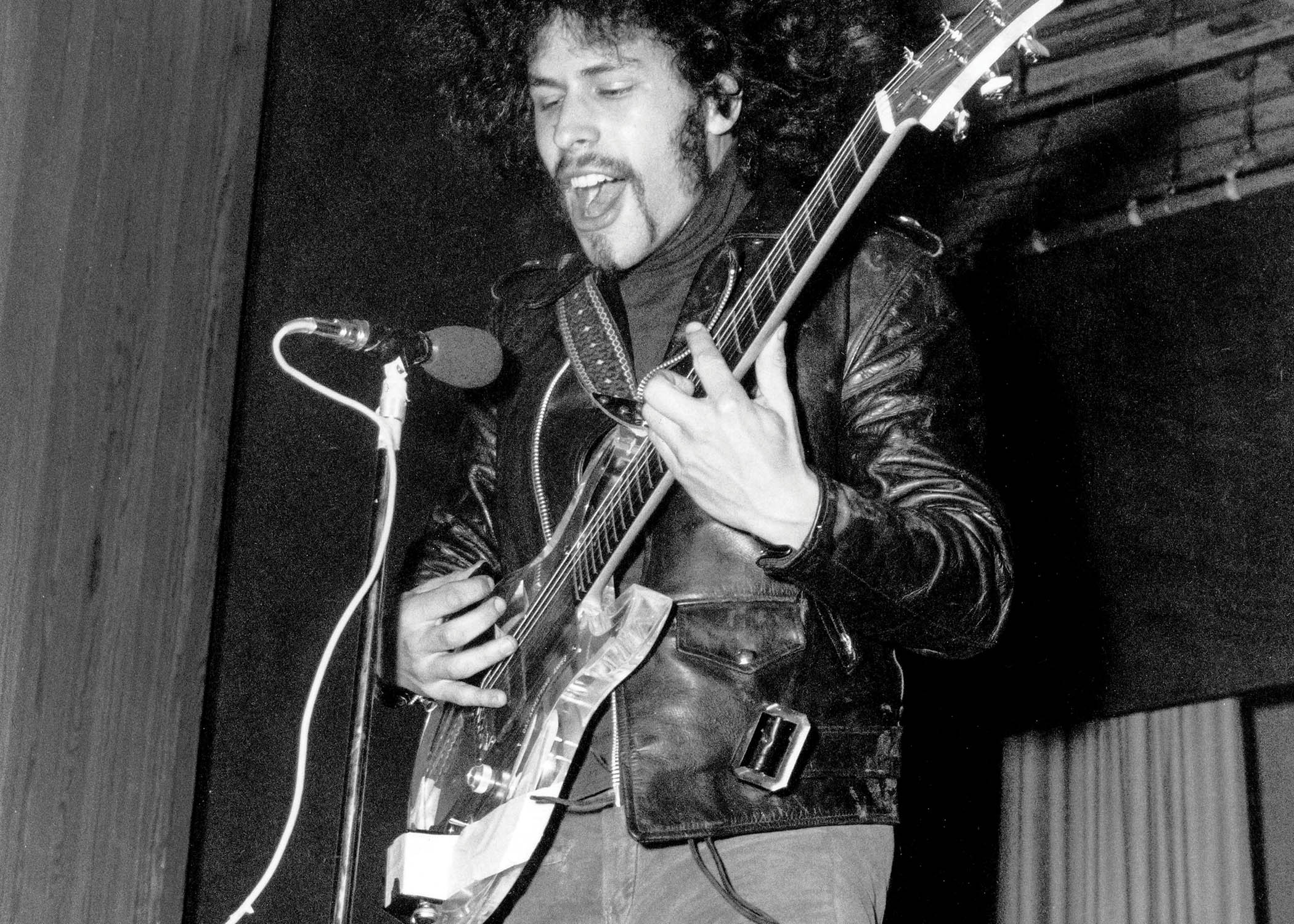
The Boss Tone features one of the simpler circuits out there, using two silicon transistors, a pair of diodes, a small gaggle of capacitors and resistors and little else.
Since Jordan’s focus was more on quantity than quality, the specific components used changed often due to availability and market prices, so the tonal characteristics of one vintage unit compared to another can vary considerably.
Get The Pick Newsletter
All the latest guitar news, interviews, lessons, reviews, deals and more, direct to your inbox!
Generally, Jordan Boss Tone boxes are classified in three distinct categories: Alhambra (for the factory in California where the devices were first built), Pasadena (where the factory moved in the late ’60s) and Nashville (where the Boss Tone was licensed to Sho-Bud in the mid ’70s, renamed the Sho-Sound Boss Tone and distributed by Gretsch).
The early Alhambra units have a buzzy, trebly paper-shred tone that can cut through a mix like samurai sword through whale blubber. The Pasadena units generally have more aggressive scooped mids and bigger bass, while the Nashville version sounds the most balanced and “modern.”
The Boss Tone’s controls are Volume and Attack, with the former operating like a master volume and the latter working like a gain control. The effect cleans up when you back down the guitar’s volume control.
In addition to full buzzsaw square-wave fuzz effects with super sweet sustain, the Boss Tone can dial in distortion and gritty overdrive, and depending on where you set the knobs, pickup selection (and type) and how you play, it can also generate cool octave up or down textures.
The original Jordan Boss Tone was probably used by four out of five garage bands in the late ’60s, when it was also a favorite of Spirit’s Randy California and James Gurley with Big Brother and the Holding Company. Norman Greenbaum had an early Alhambra unit built into his Telecaster, which provided the righteous buzz of Spirit in the Sky thanks to a dying battery.
During the early ’70s the Boss Tone found favor with everyone from Billy Gibbons with ZZ Top to John McLaughlin with Miles Davis (particularly on the Jack Johnson album and sessions), as well as with numerous pedal steel players, which led to the Sho-Bud transfer. Dan Auerbach of the Black Keys has kept the Boss Tone buzz going in more recent times.
Thanks to its simple circuit, numerous clones and DIY kits abound, but the closest thing to the real deal is the Jordan Buzz Tone made by Chris Mahoney, who has probably seen more original Boss Tone units than the factory workers who assembled them back in the day.
Mahoney offers the Buzz Tone in both the original-style plastic housing and a normal roadworthy stompbox format.
- This article first appeared in Guitar World. Subscribe and save.
Chris is the co-author of Eruption - Conversations with Eddie Van Halen. He is a 40-year music industry veteran who started at Boardwalk Entertainment (Joan Jett, Night Ranger) and Roland US before becoming a guitar journalist in 1991. He has interviewed more than 600 artists, written more than 1,400 product reviews and contributed to Jeff Beck’s Beck 01: Hot Rods and Rock & Roll and Eric Clapton’s Six String Stories.
You must confirm your public display name before commenting
Please logout and then login again, you will then be prompted to enter your display name.
“This is a powerhouse of a stompbox that manages to keep things simple while offering endless inspiration”: Strymon EC-1 Single Head dTape Echo pedal review
“Delivers the same tones that made the original popular with legends”: Rotosound’s ultra-rare fuzz pedal has been reissued – bringing Jimmy Page-approved fuzz magic to the masses

